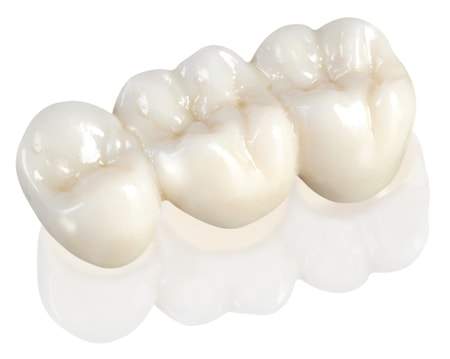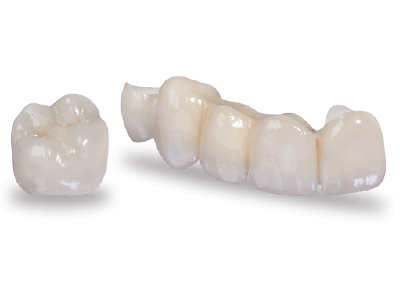For treating large cavities where a filling or onlay might not be sufficient, porcelain and zirconia crowns are popular and effective options. Despite differences in material, the procedure for placing both porcelain and zirconia crowns is fundamentally similar.
Porcelain Crowns
Porcelain crowns have been a cornerstone of dental restorations since the late 1800s. They are made from ceramic compounds such as mica, silica, and Lucite. Here are some key characteristics of porcelain crowns:
Importance of Zircon Crown
Aesthetics: Provides a highly natural and aesthetically pleasing cosmetic effect.
Preparation: Often requires less tooth preparation compared to other materials.
Usage: Commonly used on front teeth, which are subject to less wear and pressure.
Sensitivity: Minimizes temperature sensitivity as porcelain is a poor conductor of heat and cold.
Metal Sensitivity: Requires testing in patients with metal sensitivities.
Protection: Features a smooth exterior that protects adjacent teeth and gum tissue from abrasion.
Appearance: Offers translucency and multi-coloration for a natural look.
Zirconia Crowns
Gaining popularity in the 1990s, zirconia crowns are known for their exceptional strength and biocompatibility due to their high zirconium oxide content. Key characteristics include:
Durability: Highly resistant to chipping, cracking, and discoloration.
Biocompatibility: Safe and biocompatible, does not cause metal sensitivity.
Protection: Smooth exterior protects adjacent teeth and gum tissue from abrasion.
Appearance: Provides a translucent and multi-colored finish for a natural appearance.
Both porcelain and zirconia crowns offer durable, natural-looking solutions for restoring your smile. Whether you prefer the classic aesthetic of porcelain or the robust strength of zirconia, we are here to help you choose the best option for your needs at Turkish Dentist. Contact us today to explore your options and achieve a beautiful, long-lasting restoration.

